Last Updated on December 29, 2025
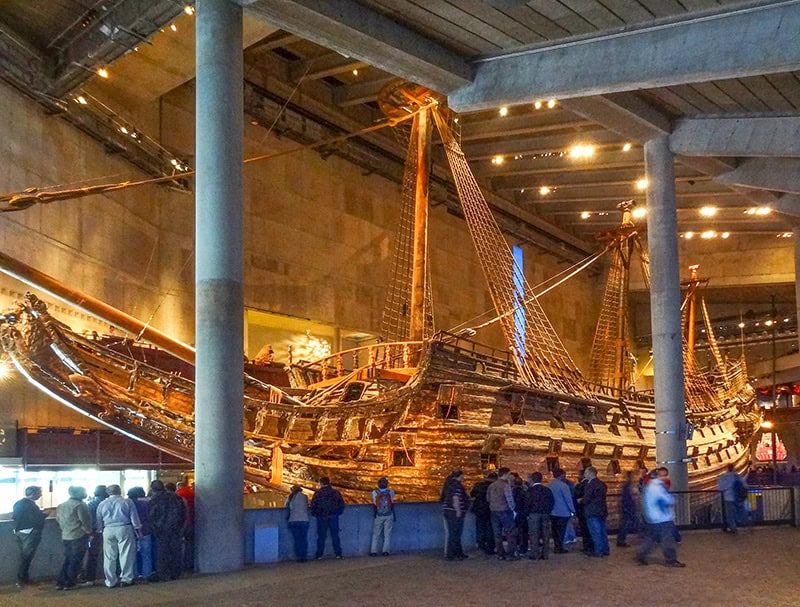
These six European museums may be small, but you’ll find them fascinating…
Estimated reading time: 8 minutes
By Jim Ferri
In the many years I’ve traveled, I’ve spent a lot of time in museums, especially small European museums.
If I totaled my time browsing through the great museums of Europe, I’d likely find I’ve spent many months in the Louvre, the Victoria & Albert, the Prado, the Pergamon, and numerous other significant altars of culture spread about the Continent, the British Isles and Ireland.
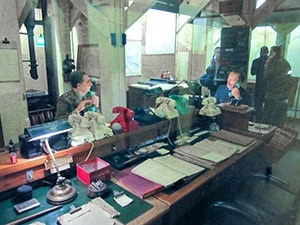
When I enter significant museums, I review the guides and websites and prepare myself for the tsunami of art or whatever I’m about to view. After all, I’m likely visiting that museum to see a specific piece of art.
But my greatest joy, however, hasn’t always been found in the great museums. Several times, it’s been seen in smaller museums where one discovers the unexpected.
There, especially in several small European museums, I found things that tickled my imagination and interest so much that I thought about it for years afterward. Their common denominator was that they opened my eyes and my mind uniquely.
Here are six small European museums that have had that type of impact on me. Perhaps they’ll do the same for you.
Table of contents
The Gutenberg Museum—Mainz, Germany
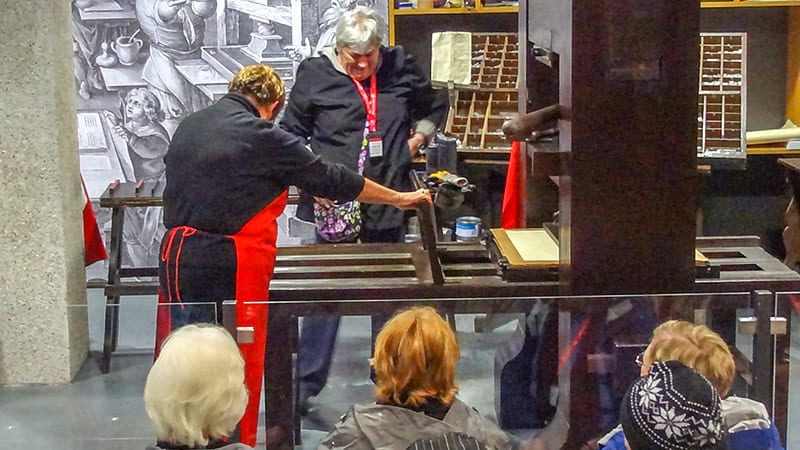
This European museum is an exciting experience for anyone who loves books or has ever read one. The Gutenberg Museum pays homage to one of the few men and his inventions who revolutionized the world.
First, you’re taken into a room containing an old wooden printing press and given a fascinating explanation and demonstration (including the art of hand-setting type backward) of what it took to operate it at the time. From there, it’s on to a huge walk-in safe, in which two copies of the extremely rare and valuable 42-line Gutenberg Bible are also kept.
Gutenburg Museum
Liebfrauenstraße 5
55116 Mainz, Germany
Tel: +49 6131 122503
Open: Tuesday- Saturday, 9am–5pm / Saturday, 10am–3pm / Sunday, 11am-5pm
Admission: Adult €5 / 8–18 years €2 / under 8 years free
The Nobel Peace Center—Oslo, Norway
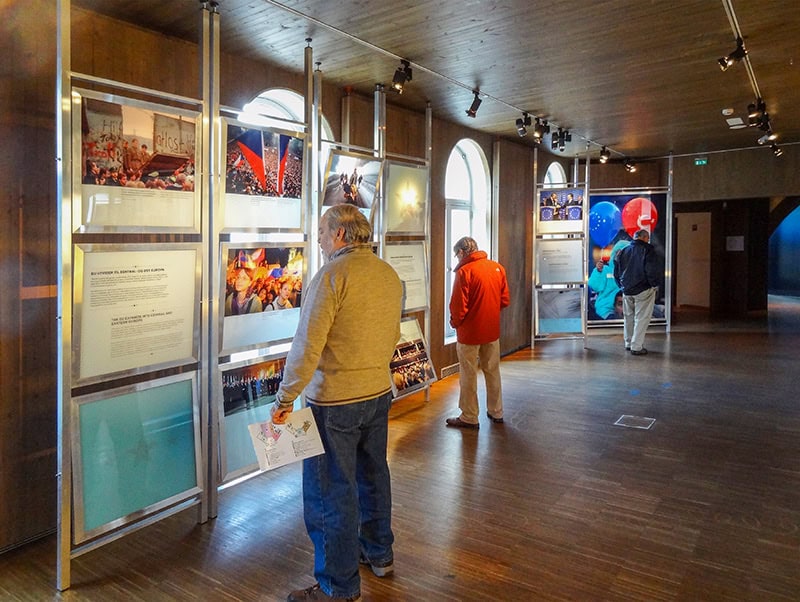
Norwegians are quite proud of their role as international peacemakers, which is one reason the Nobel Peace Prize is also awarded in Oslo every year (on December 10).
Fittingly, the Norwegian capital is also home to the Nobel Peace Center. This fascinating, small, state-of-the-art European museum not only details the history of the Peace Prize but also hosts small exhibits relating to war, peace, and conflict resolution. The Center also hosts lectures, seminars, and discussions, many of which are in English.
The heart of the Center is the Nobel Field, a “garden” of 1,000 blinking fiber optic lights which shows all the Peace Prize laureates throughout the years. Visitors can also learn as much or as little about the recipient as they desire.
Nobel Peace Center
Brynjulf Bulls Plass 1
0250 Oslo, Norway
Tel: + 47 48 30 10 00
Open: Tuesday to Sunday, 11:00 am–5:00 pm; Wednesday 11:00am-8:00 pm
Admission: Adult: 160 NOK / Student: 100 NOK / Children (0-17 years): free / Oslo Pass free
The Churchill War Rooms—London, England
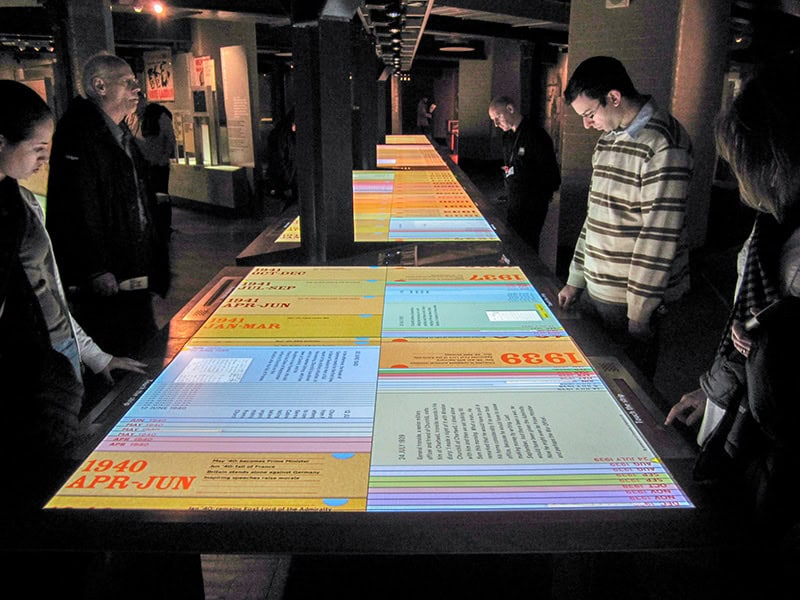
If you grew up hearing your parents or grandparents talk about World War II – or even if you’ve just seen a movie about London during the war, for that matter – the Churchill War Rooms in London provide an incredible experience.
The War Rooms are located in Whitehall, the British capital’s secret wartime bunker, which sheltered Churchill and his Cabinet during World War II.
It’s not a reconstruction but the original highly secret place from which Churchill ran the British government during the Blitz. It also remains exactly as it was found years after Churchill and his staff abandoned it, with a couple of wax figures added for perspective. This European museum is a fascinating place; much of it is interactive, which will keep you riveted for hours.
Churchill War Rooms
Clive Steps
King Charles Street
London SW1A 2AQ, UK
Tel: 020 7930 6961
Open: Wednesday–Sunday, 9:30am to 6pm (last entry at 5pm)
Admission: Adult £32 / Senior 65+, student, disabled £28.80 / Children 5–15 years £16 / Children under 5 years free
Country Life, The National Museum of Ireland – County Mayo, Ireland
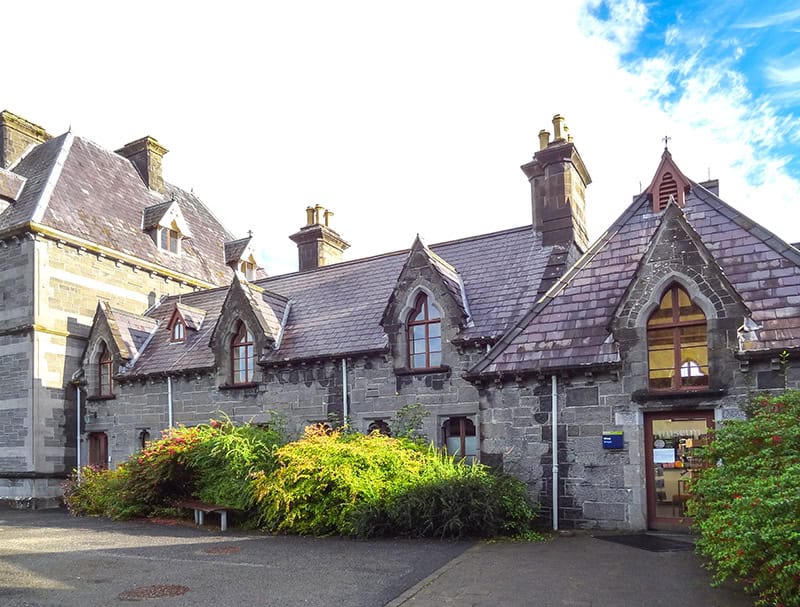
Out west in Ireland, near Castlebar in County Mayo, is the Museum of Country Life. The collection in this European museum shows how the people of Ireland lived in the hundred years between the Great Famine and the end of the 1950s.
While the National Museum of Ireland describes it as home to the National Folklife Collection, it is much more. Its interactive displays and exhibits herald the ingenuity and self-sufficiency of the Irish in the terrible years following the Great Famine.
Here, you’ll find exhibits on wickerwork, spinning wheels, boat-building, clothing, medicine, as well as other artifacts, even the giant “man traps” landowners placed on their properties to catch poachers and trespassers. If you have even a wee drop of Irish blood in your veins, you’ll find the place entrancing.
National Museum of Ireland – Country Life
Turlough Park
Castlebar, County Mayo
Ireland
Tel: +353 (0) 94 903 1755
Open: Tuesday–Saturday, 10am to 5pm / Sunday–Monday, 1pm to 5pm / Closed Christmas Day, St. Stephen’s Day and Good Friday
Admission: free
The Vasa Museum—Stockholm, Sweden
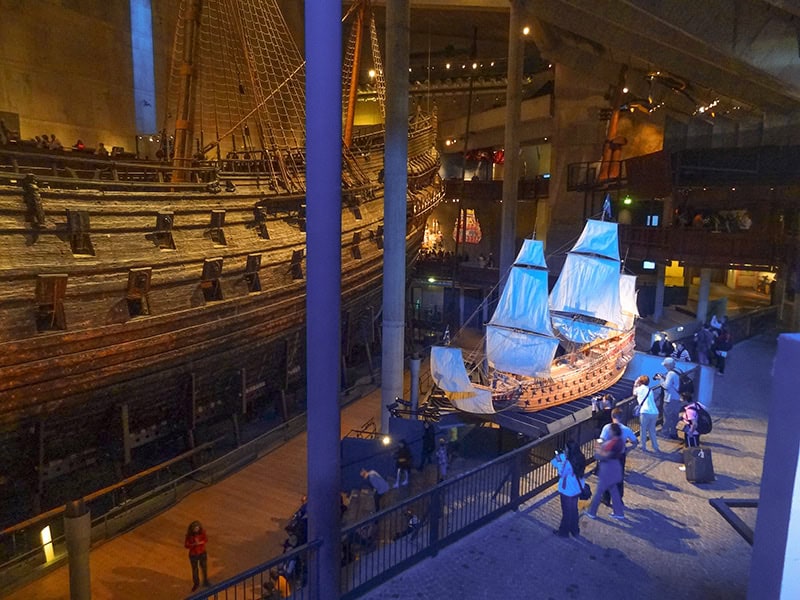
There’s no other museum like the Vasa Museum in Europe or anywhere in the entire world, a celebration of the ignominious launch of a warship. The pride of Sweden when it was launched in 1628, the 130-ton Vasa was more than 225′ long and 160′ tall. Unfortunately, it sank in the middle of Stockholm harbor after sailing barely ¾ mile on its maiden voyage.
The ship was finally salvaged in 1961 and painstakingly restored. For 17 years, it was sprayed day and night with a preservative. It replaced the water in the wood’s cells and also prevented it from drying out and splitting.
Now sitting proudly in its own museum on the harbor in Stockholm, one of the top 10 places in Sweden, it looks almost exactly as it was when launched, sans the paint. It is the only almost fully intact 17th-century ship in any museum. It’s the most famous museum in all of Scandinavia.
Vasa Museum
Galärvarvsvägen 14
115 21 Stockholm, Sweden
Tel: +46 8 519 548 00
Open: daily: 10:00am–5:00pm (Wednesdays until 8:00pm) / Closed 24 December 24 and early closing December 31 at 3:00pm
Admission: Adults: SEK 220 / 18 years and younger: free / Note: payment by credit card only
DDR Museum—Berlin, Germany
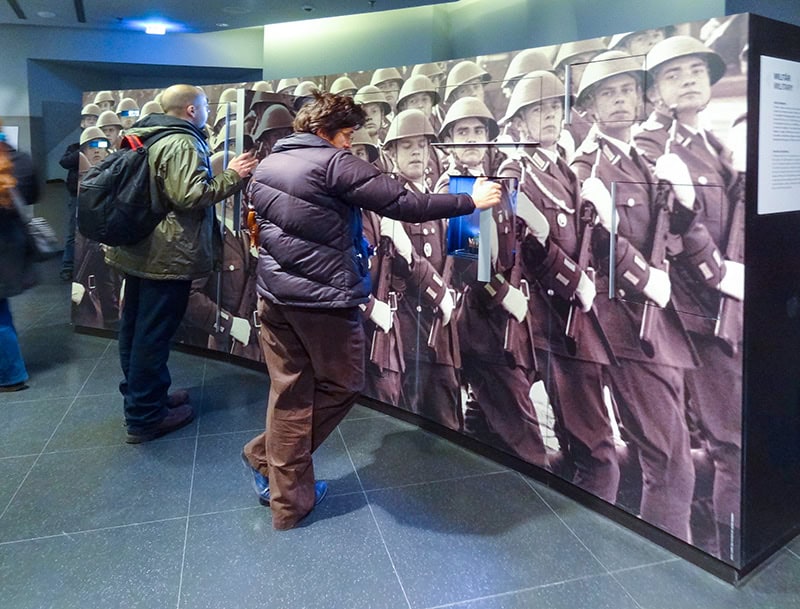
Berlin’s popular and private DDR Museum is a hands-on European museum that documents daily life in the former Deutsche Demokratische Republik. Although it’s quite small, many people find its exhibits mesmerizing.
Notably, they include exhibits about the living conditions of the East Germans, their occupations, education, and income.
You’ll also learn interesting things, such as how the state indoctrinated children (learning arithmetic by counting tanks in kindergarten, for example), and see the Prime Minister’s Volvo, with its curtained windows and blue upholstery. You’ll find it on the Spree, opposite the Berlin Cathedral.
DDR Museum
Karl-Liebknecht-Straße 1
10178 Berlin, Germany
Tel: +49 30 847123731
Open: daily 9am–9pm. 365 days a year
Admission: Adult €13.50 / Children (6-18 years), students, disabled €8 / Children under 6 years free
Note: Tickets can be bought online as well as on-site
You may also enjoy: 30 Really Interesting American Small Museums / 10 Special European Museums Worth a Detour / Presidential Museums and Libraries in the U.S. / 8 Unusual US Museums You May Not Know About / Museums in South Kensington, London’s Unique Treasures / 3 Unique (and Great) Museums in Washington, DC

Leave a Reply